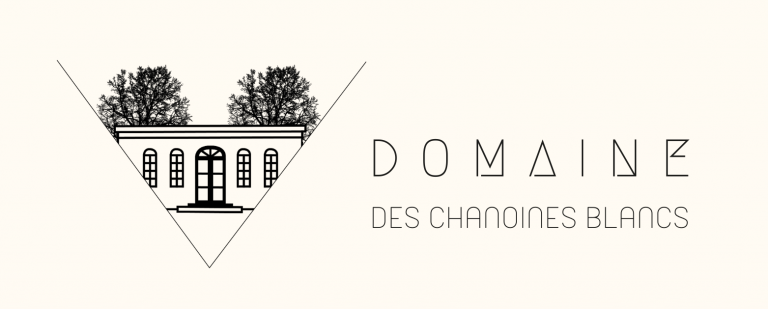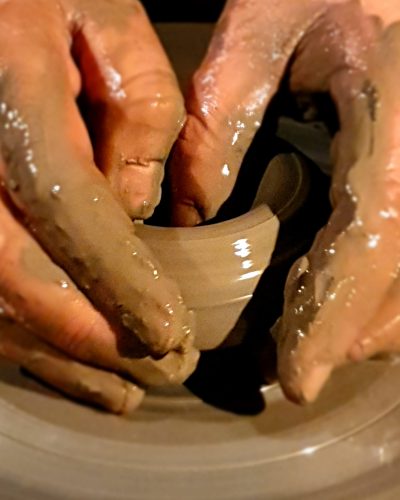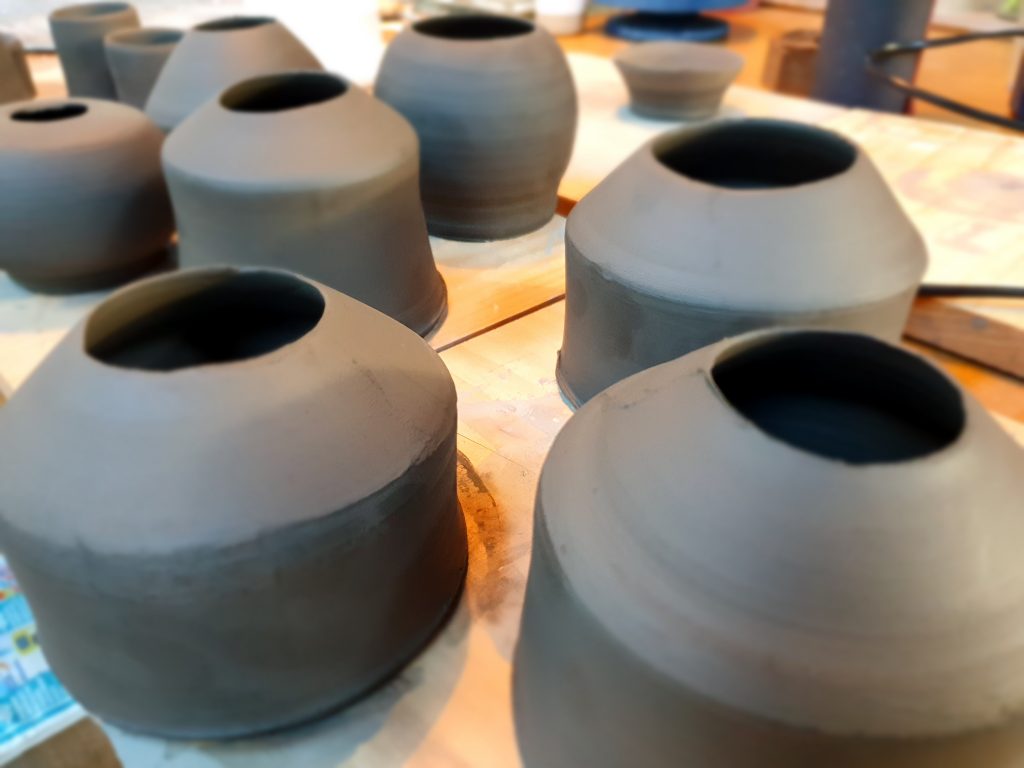Pottery
workshop
crafts and shop
The workshop is equipped with a potter’s wheel and a ceramic kiln, and produces crockery mainly for the Domaine’s table.
The workshop uses Saint Amand stoneware and Limoges porcelain, as well as lead-free and food-grade glazes.
Introduction to pottery
A craft workshop nestled in the heart of the Domaine passionately creates the tableware that will accompany your delicious breakfast. Each piece is made by hand, reflecting the authenticity of the place.
And for those who are curious, introductory workshops will soon be on offer, allowing you to learn craft techniques and create your own piece in harmony with the natural world around us.
An enriching experience not to be missed!




